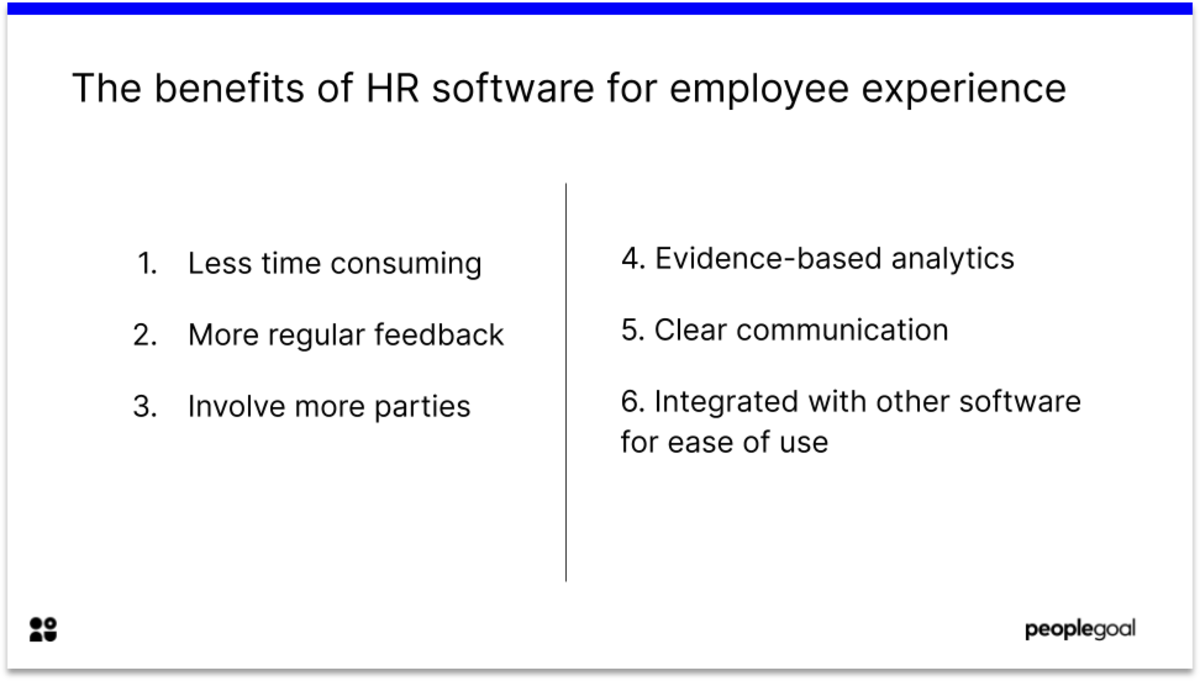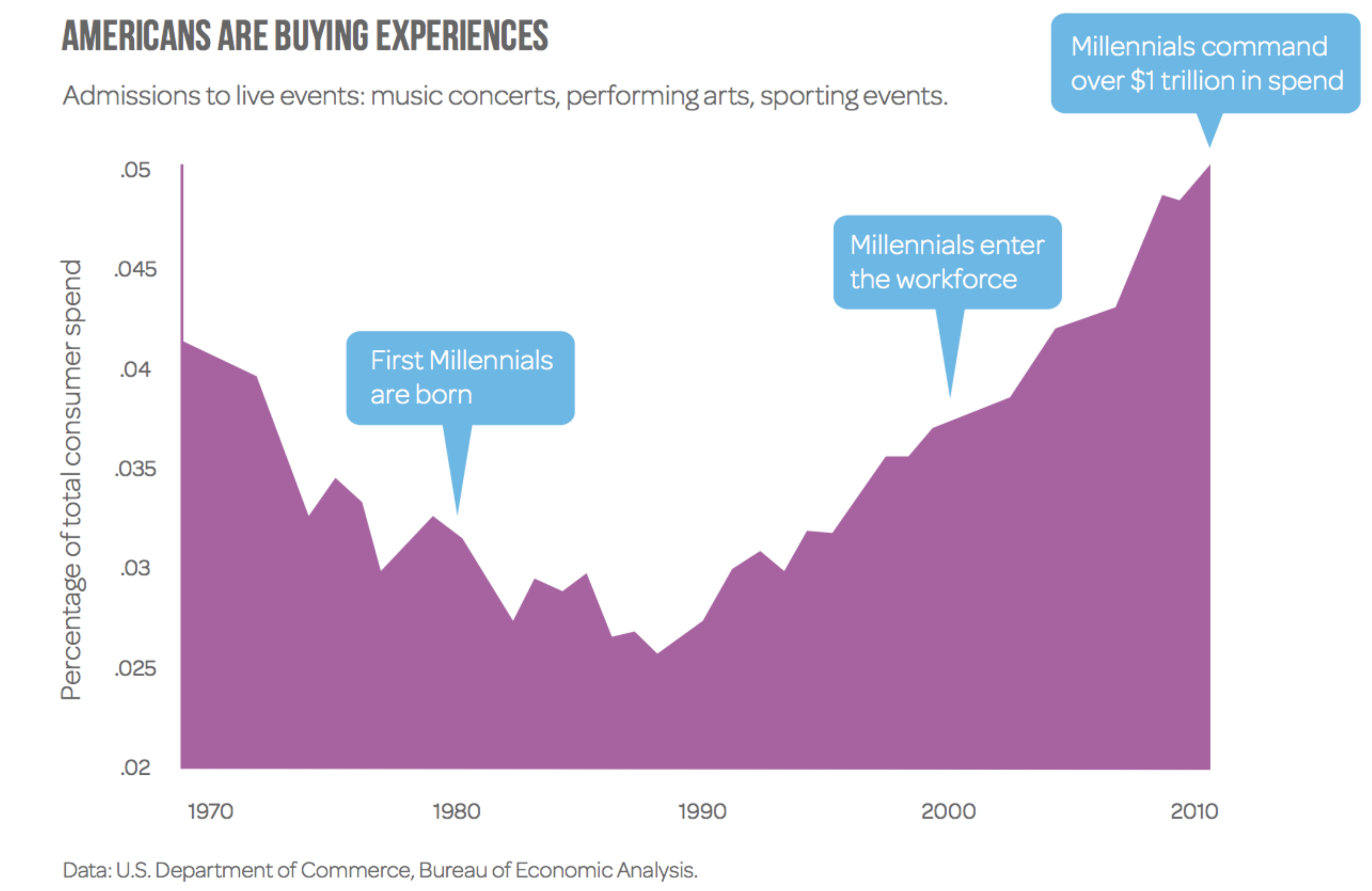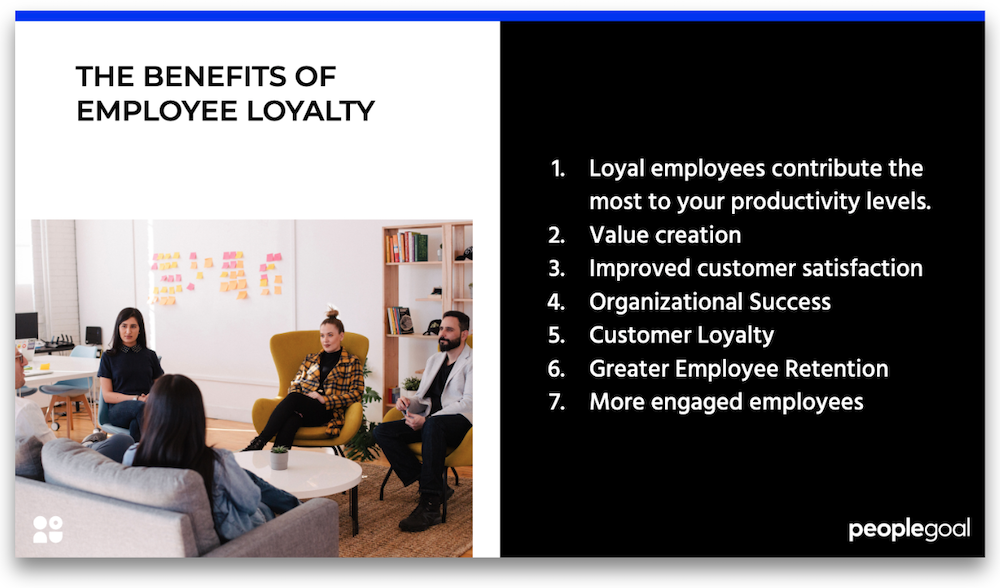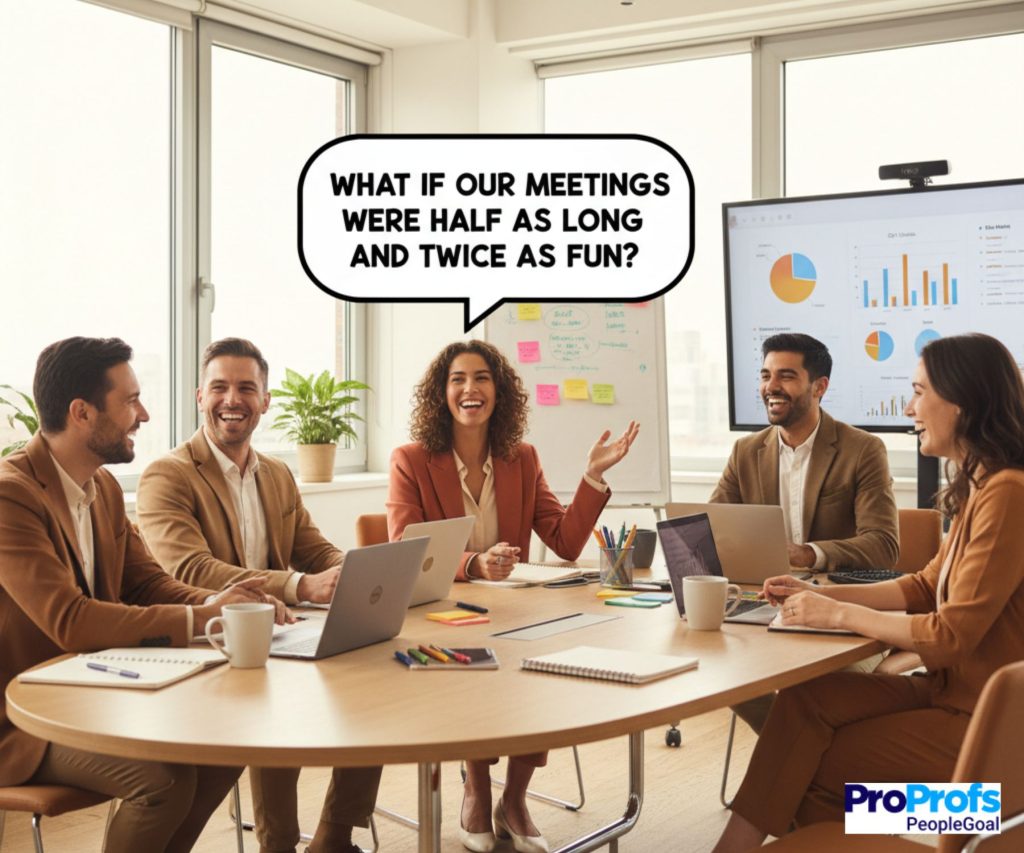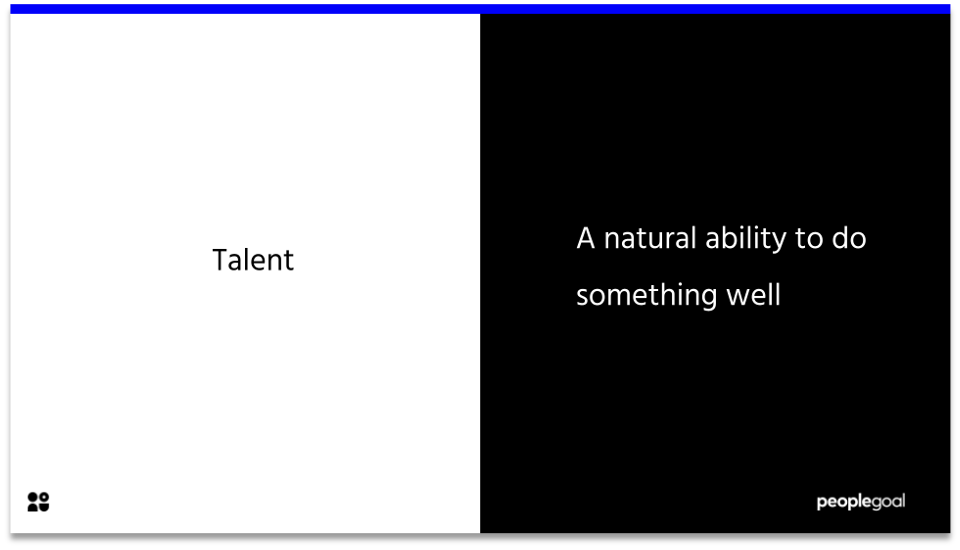With the rapidly changing nature of the workforce, organizations are starting to realize that there is a need to change the way they manage their teams day to day. Employees need purpose in their work; flexibility; collaboration; meaningful connections and mentoring. All of these factors work together to create a meaningful employee experience.
Employee experience matters because it encompasses the entire working life of talent at your organization. It’s the how and why of what gets done. Your business’s mission and vision will attract talent, but by not addressing the low points of your employee experience you lose your competitive advantage to retain that talent.
Employee turnover is a costly exercise, both financially and in terms of productivity.
Luckily, small changes can make a big difference to a positive employee experience. By re-examining your processes and applying design thinking to their improvements, you can deliver a consistent employee experience across all touchpoints – from recruitment and onboarding, to performance management, development and offboarding. This is crucial for organizational growth and employee development.
We’ll talk about how to approach employee experience and build those moments into the flow of work, look at human-centered design thinking and break down the factors that influence a positive employee experience.
Employee experience is not the same as employee engagement
Some claim that employee experience is the new employee engagement, but they’re different concepts. Employee experience is the underlying process that should positively impact the engagement of your employees – in other words, engaged employees is just one outcome of a great employee experience.
💡 As HR Technologist puts it:
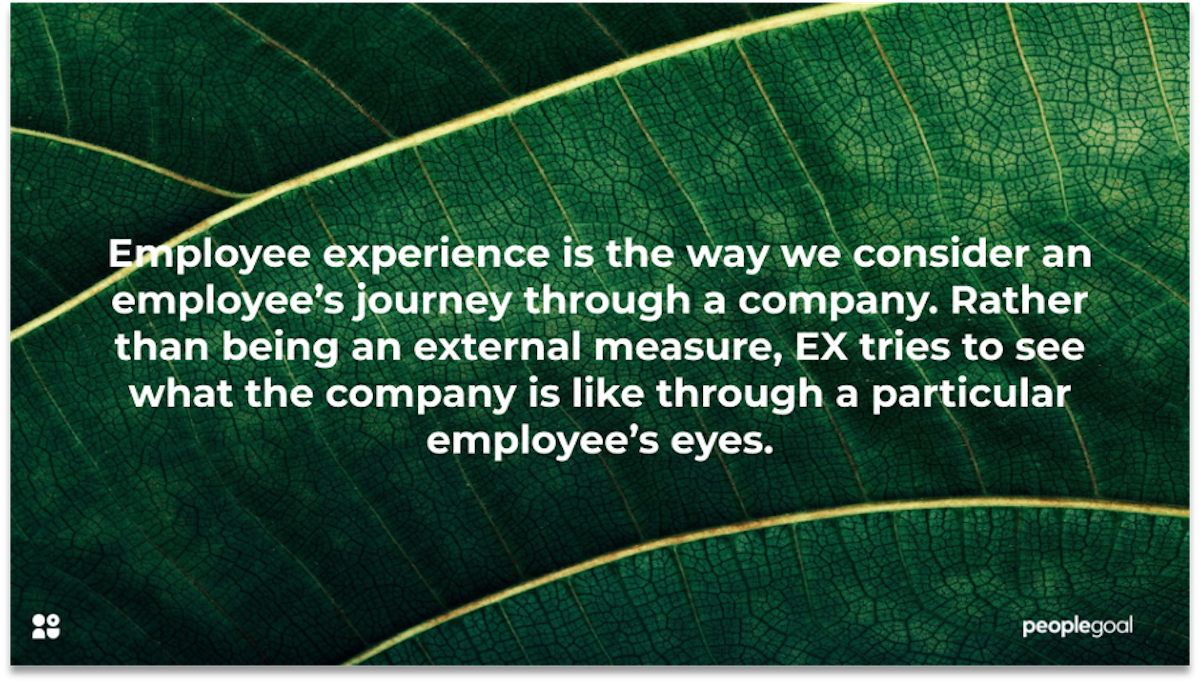
The purpose of employee experience is for companies and their employees to work together to improve individual, team and company performance, providing the employees with a high quality physical, cultural and technological environment.
👉 Download our Essential Guide to Employee Engagement to learn more.
The challenges of improving the employee experience
While almost 80% of executives rated employee experience as very important, only 22% feel that their companies are building excellent employee experience into their business goals. According to Deloitte, there are different challenges that influence employee experience, including:
- Companies do not see employee experience as a priority for their HR leaders.
- Companies fail to delegate the responsibility of creating employee experience.
- Human resources departments often struggle with resources to create an integrated set of priorities.
- There is a need to update the current tools used to create long-term employee engagement (like an employee experience platform).
- Many companies still do not prioritize continuous performance management, inclusion, diversity, wellness, workplace design and leadership as an integrated framework.
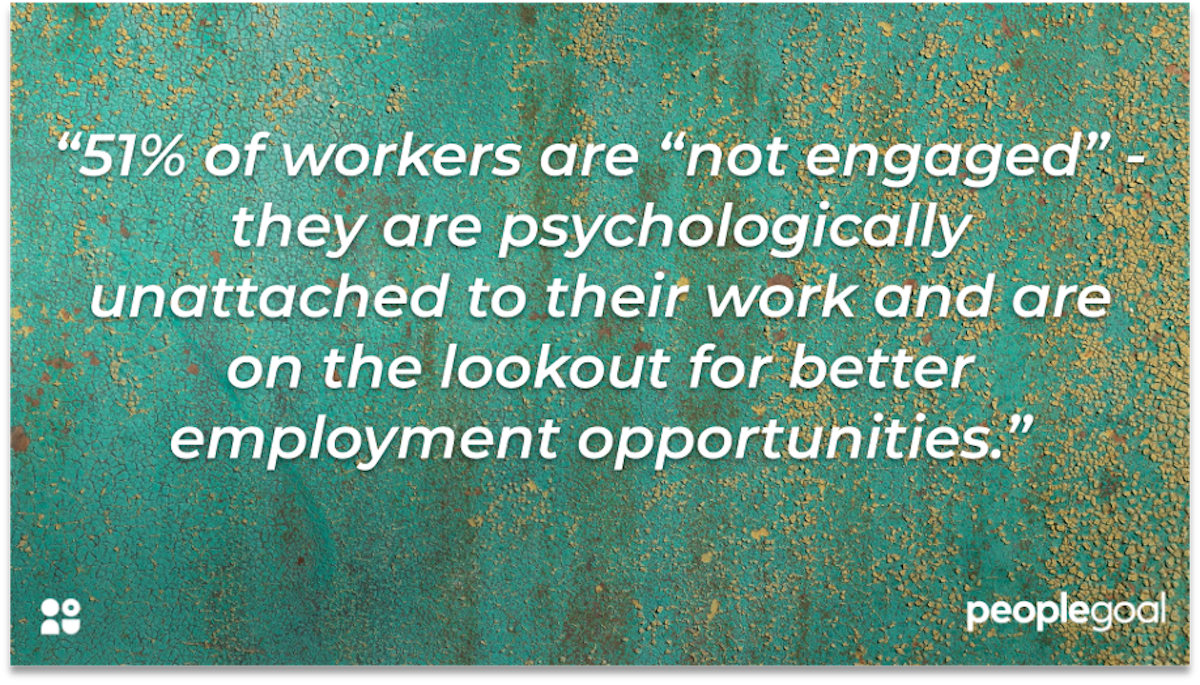
In today’s digitalized society which is becoming increasingly transparent, and the rising demand for talent with fast-changing skills, prioritizing employee experience gives companies a competitive advantage to differentiate themselves and retain talent long term.
👉 Learn more about taking an agile approach to workforce reskilling and development.
Applying design thinking to employee experience
So what’s the key to achieving excellent employee experience? First, you need understand the real needs and opinions of your employees. Businesses (quite rightly) direct enormous resources to designing a fantastic customer experience, so why shouldn’t you use the same principles when thinking about employee experience?
Design-thinking and human-centered design continue to find their ways into various industries including HR. Design thinking takes an evidence-based, iterative approach to solving problems, by investigating and focusing deeply on your customer satisfaction (or in this case, your talent satisfaction) and digging into what they really need.
- Desirability: What makes sense to people and for people?
- Feasibility: What is technically possible within the foreseeable future?
- Viability: What is likely to become part of a sustainable business model?
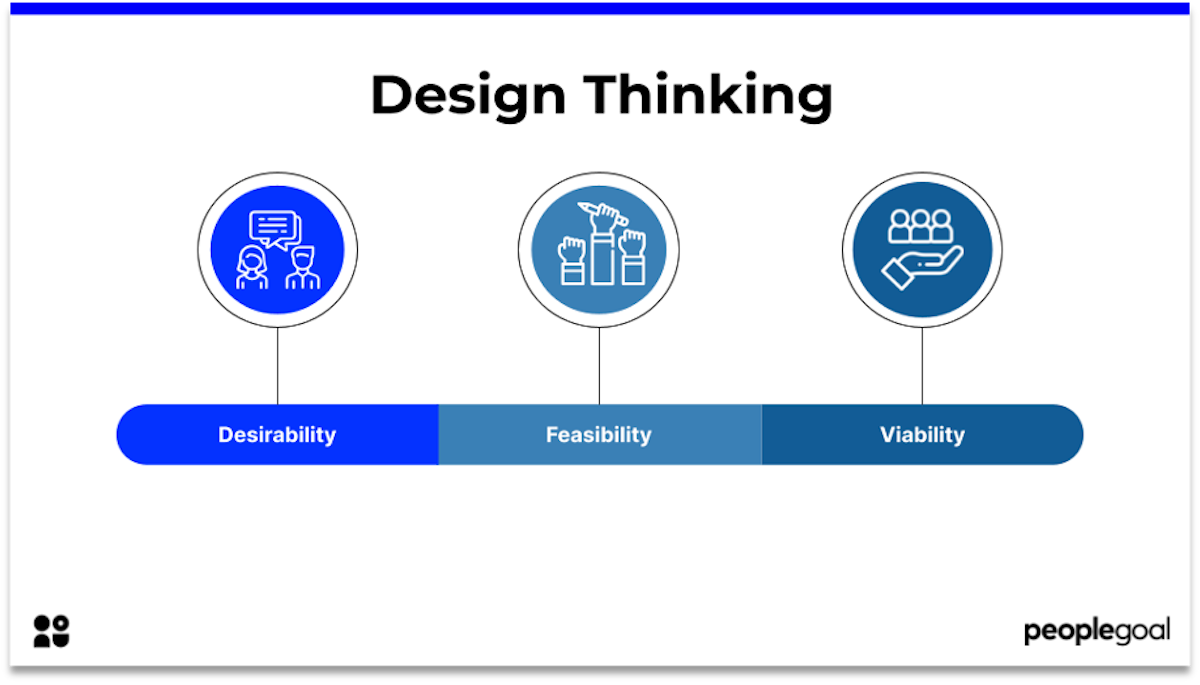
💡 As said by industry leader Josh Bersin,
Design thinking casts HR in a new role. It transforms HR from a “process developer” into an “experience architect.
Design-thinking encourages companies to apply a more holistic approach to their people processes. Rather than separating the stages of the employee journey into traditional issues such as culture, rewards and career development, organizations should reimagine every aspect of work with the goal of creating an integrated employee experience. Applying human-centered design to your organization will allow you to create a better experience for your employees and develop a strong company culture that inspires employee loyalty and retention.
What influences a positive employee experience?
There are many factors that, working together, will positively influence the experience of your employees.
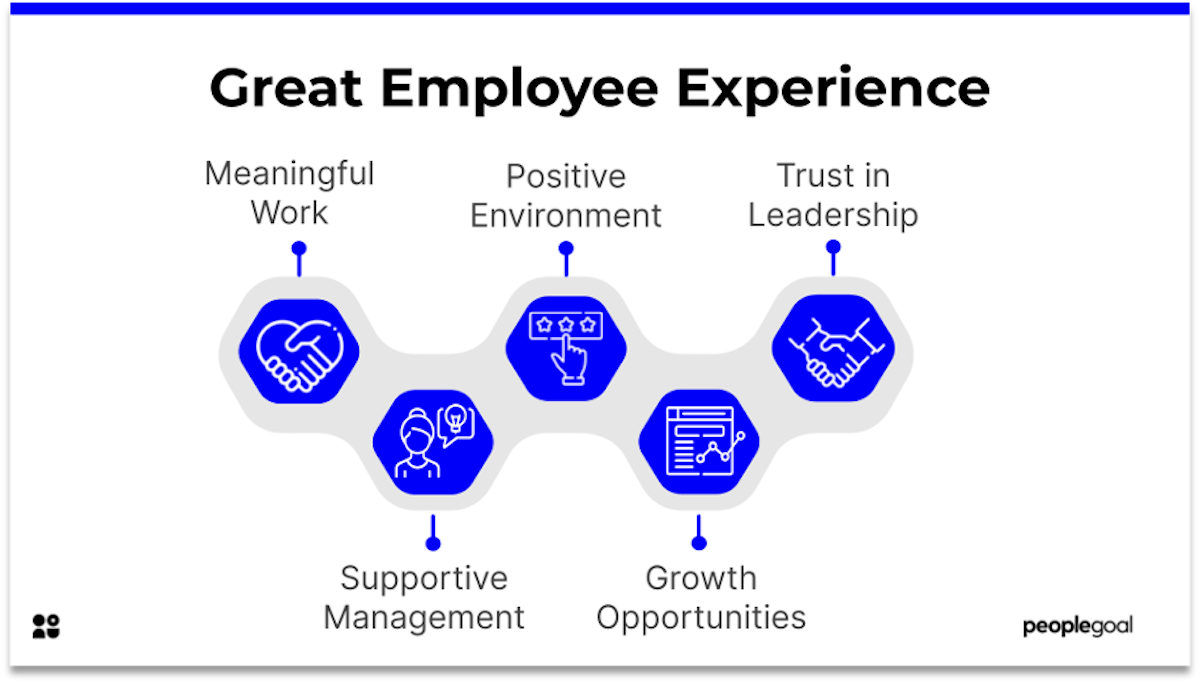
Meaningful work 🧡
- Hire talent that matches your company culture and vision
- Encourage autonomy and responsibility in all roles
- Empower collaboration across teams
Supportive management 👐
- Set clear and transparent goals
- Provide coaching to your employees
- Consistently recognize the achievements and efforts of your employees
- Invest in talent development
Positive work environment 👥
- Create a flexible work environment that focuses on productivity and output, not hours spent at a desk
- Bring the “human touch” back to business – allow employees to bring their genuine selves to work
- Promote an inclusive workplace culture that embraces diverse backgrounds and experiences
Growth opportunities 🌱
- Provide training and support on the job
- Encourage self-directed learning
- Help your employees recognize and develop their strengths and skills
Trust in leadership 🤝
- Communicate a clear mission and purpose
- Walk the walk – lead by example when it comes to team development, continuous feedback, and owning your responsibilities
Integrating employee experience across all functions
With this being said, it is absolutely crucial for business leaders to prioritize positive employee experience as one of their main goals. You as a leader need to take the first step to embody the transformation in order to create a company where business and people thrive.
Start by articulating what it is you want to achieve: a clear and differentiated employee experience ensuring its alignment to your mission an all aspects of the work experience.
Designate a team or a leader to oversee and drive the employee experience. They should manage the functions of employee development, engagement, the organizational design of your company, performance reviews, culture and analytics.
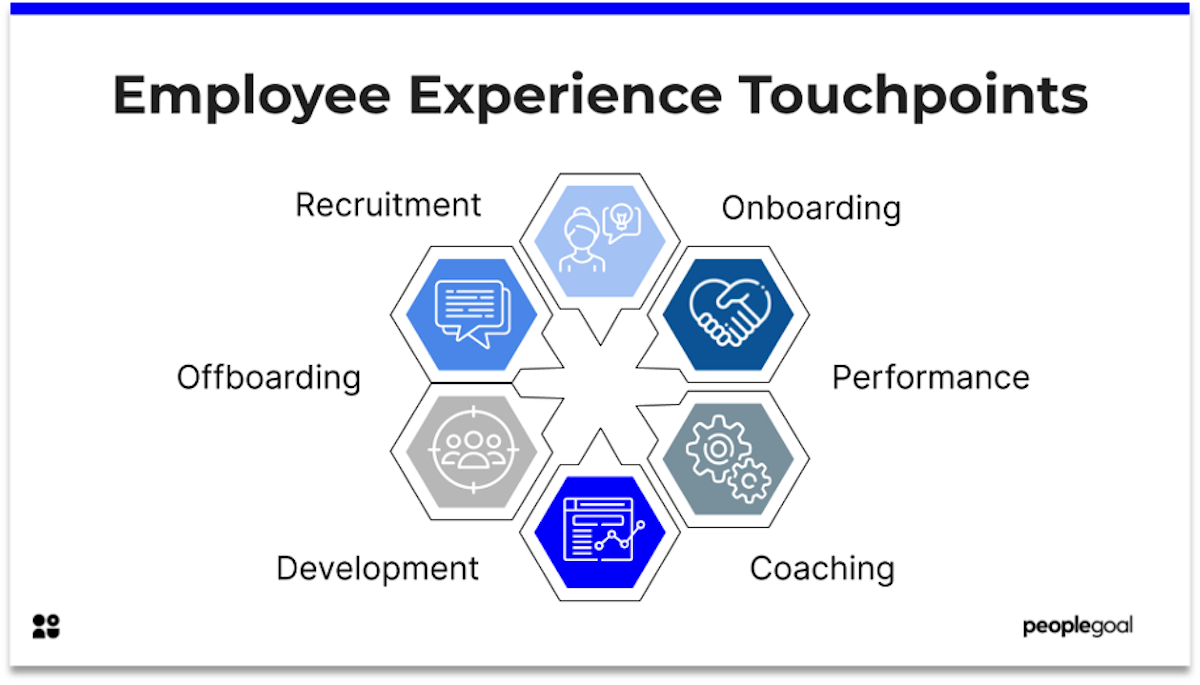
Through user-centered design, learn what your employees are doing every day. Uncover their main challenges and problems and develop new, more effective ways to simplify work and improve creativity. Methods such as personas, employee journey maps and asking the right questions will help you develop a successful strategy.
Consider every aspect of your workforce and provide them with the tools, processes, benefits and policies that attract and engage them. Ask for regular feedback and facilitate data from resources such as Glassdoor and LinkedIn to address the weaknesses of your business.
And for global organizations, don’t forget the cultural differences in how employees perceive their work experience! It’s likely that different countries will require different engagement programs, research and testing.
Next steps to making the employee experience matter
While annual or biannual engagement surveys are a great benchmarking exercise, they’re not conducted often enough to work with an adaptive, flexible process. Switch the focus to continuous, open feedback.
Conducting candidate stay and exit interviews and ongoing performance conversations will help you to develop real understanding of the challenges your employees face. Develop strategies such as an employee net promoter score to measure and track the success of your employee experience strategy, and bring out regular pulse surveys every month to take your organizational pulse more often than twice a year.
Whatever you do, make sure you are consistently analyzing each initiative to assess its influence. Make adjustments as you go, and keep a learning mindset at every stage. Each organizational culture is unique, and to make a great employee experience that matters requires taking these best practices and implementing them in the ways that work for your business, your talent and your vision.
👉 Click here for a guide to how to write an effective employee development plan
Ready to 3x Your Teams' Performance?
Use the best performance management software to align goals, track progress, and boost employee engagement.

